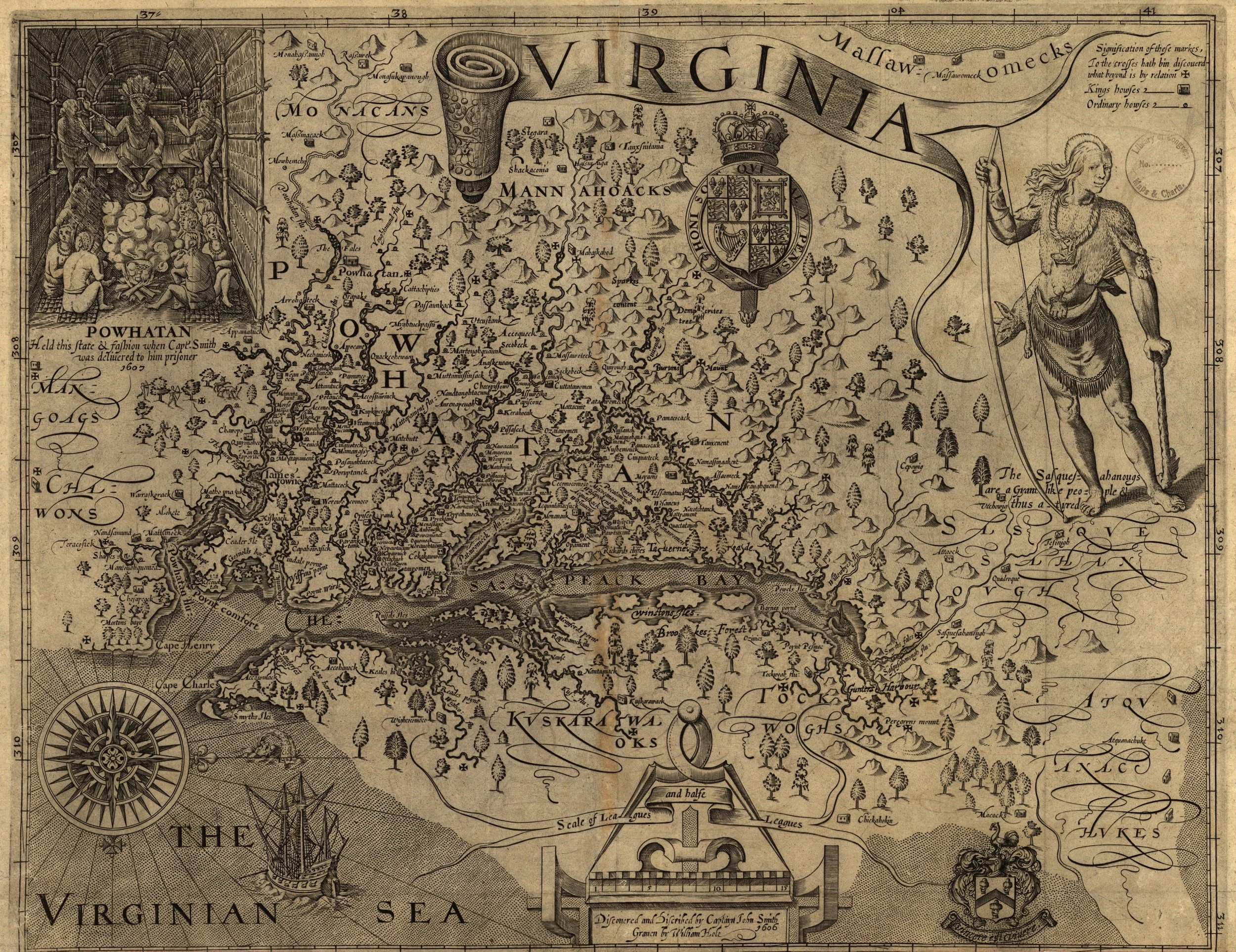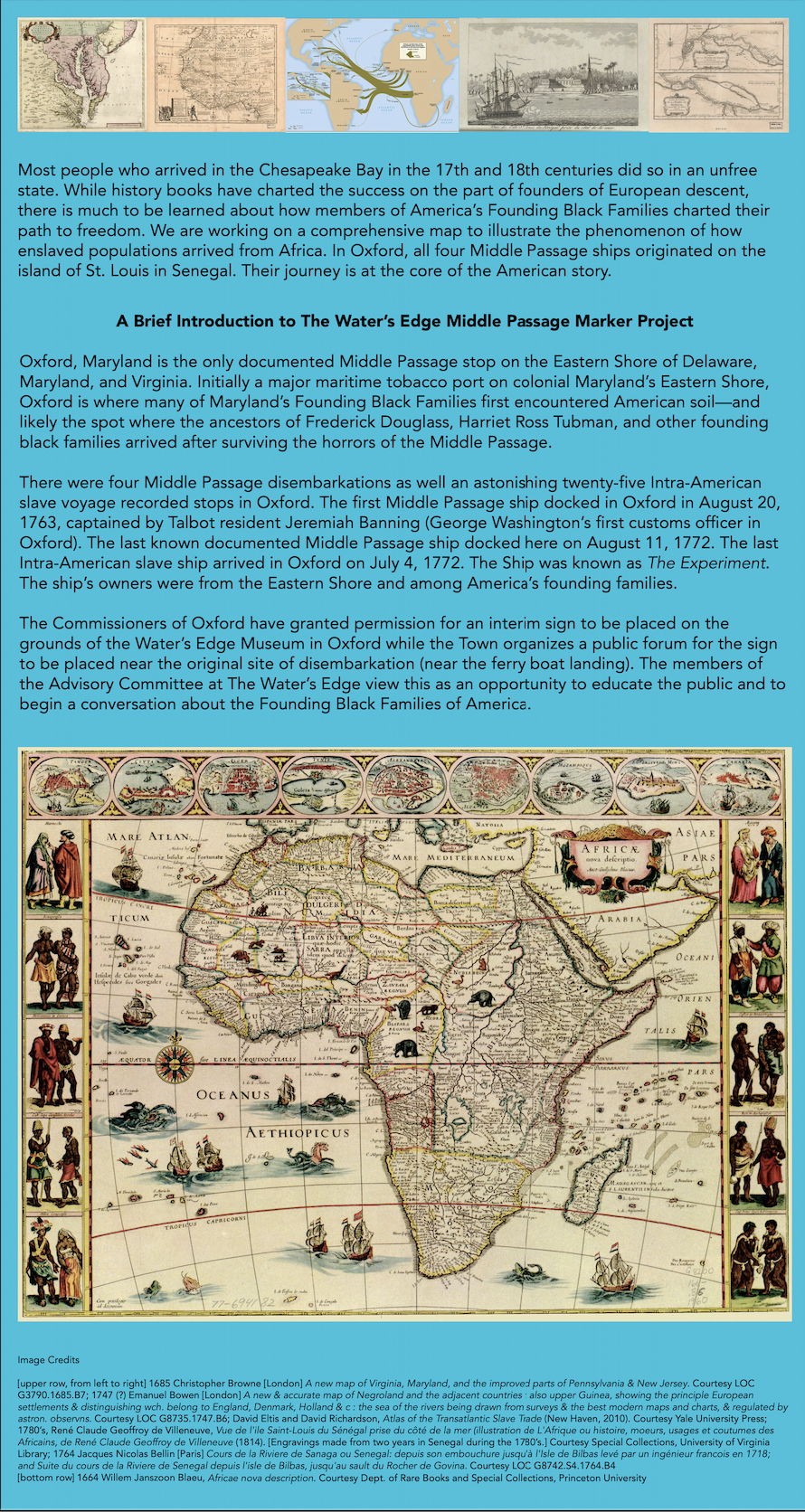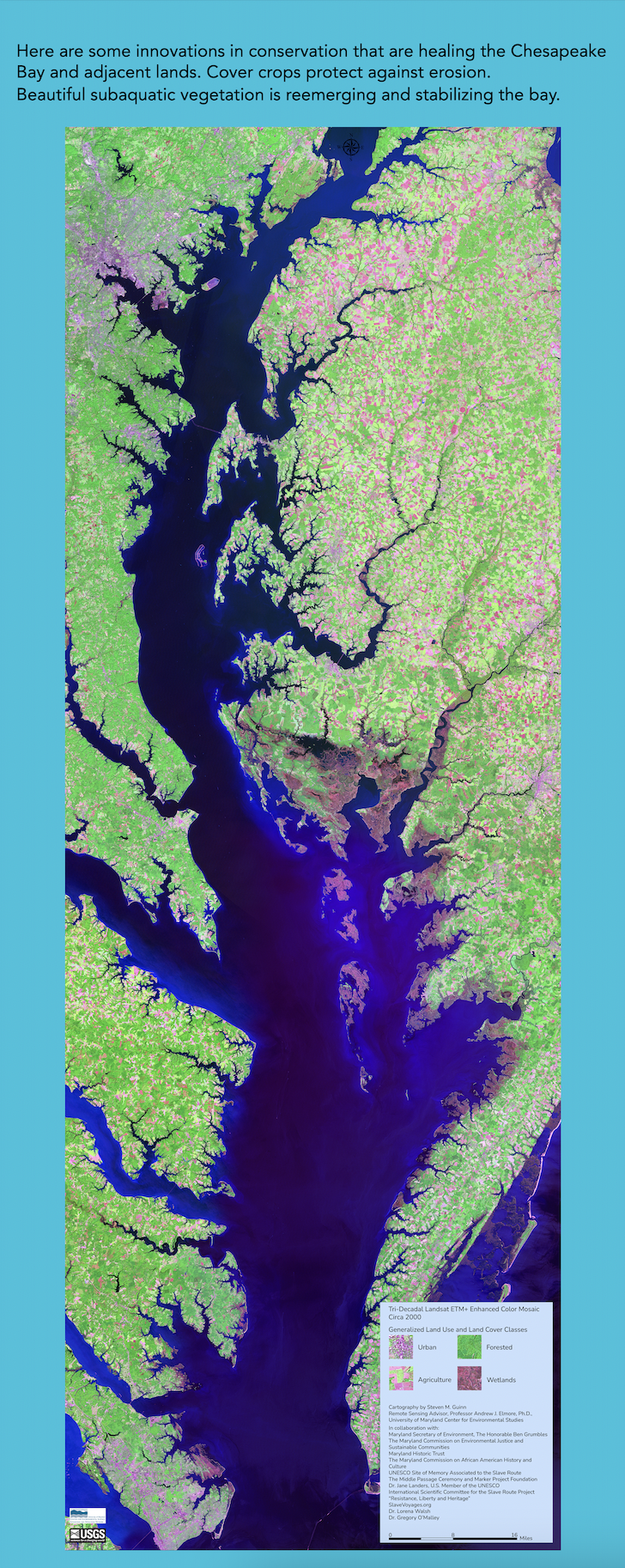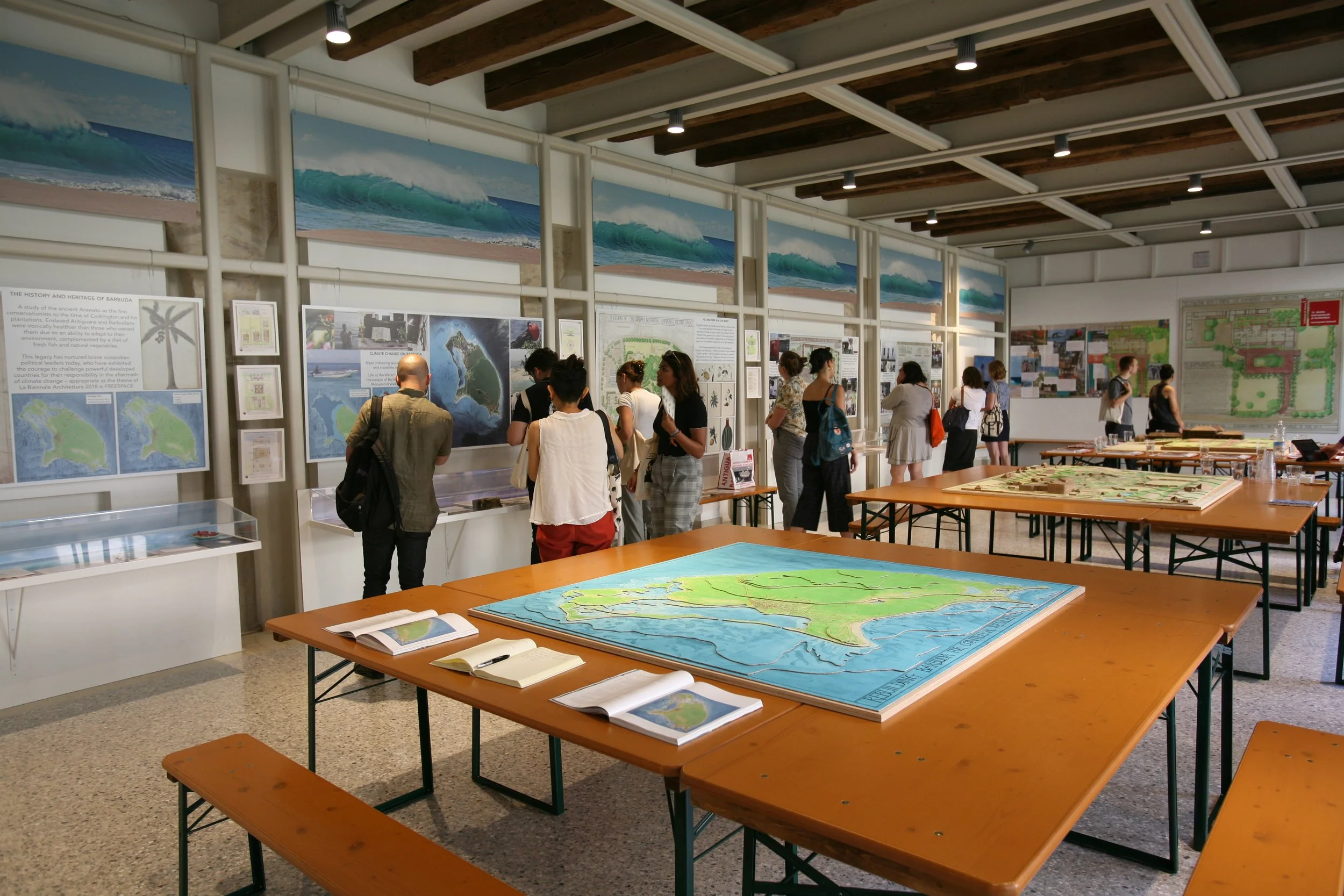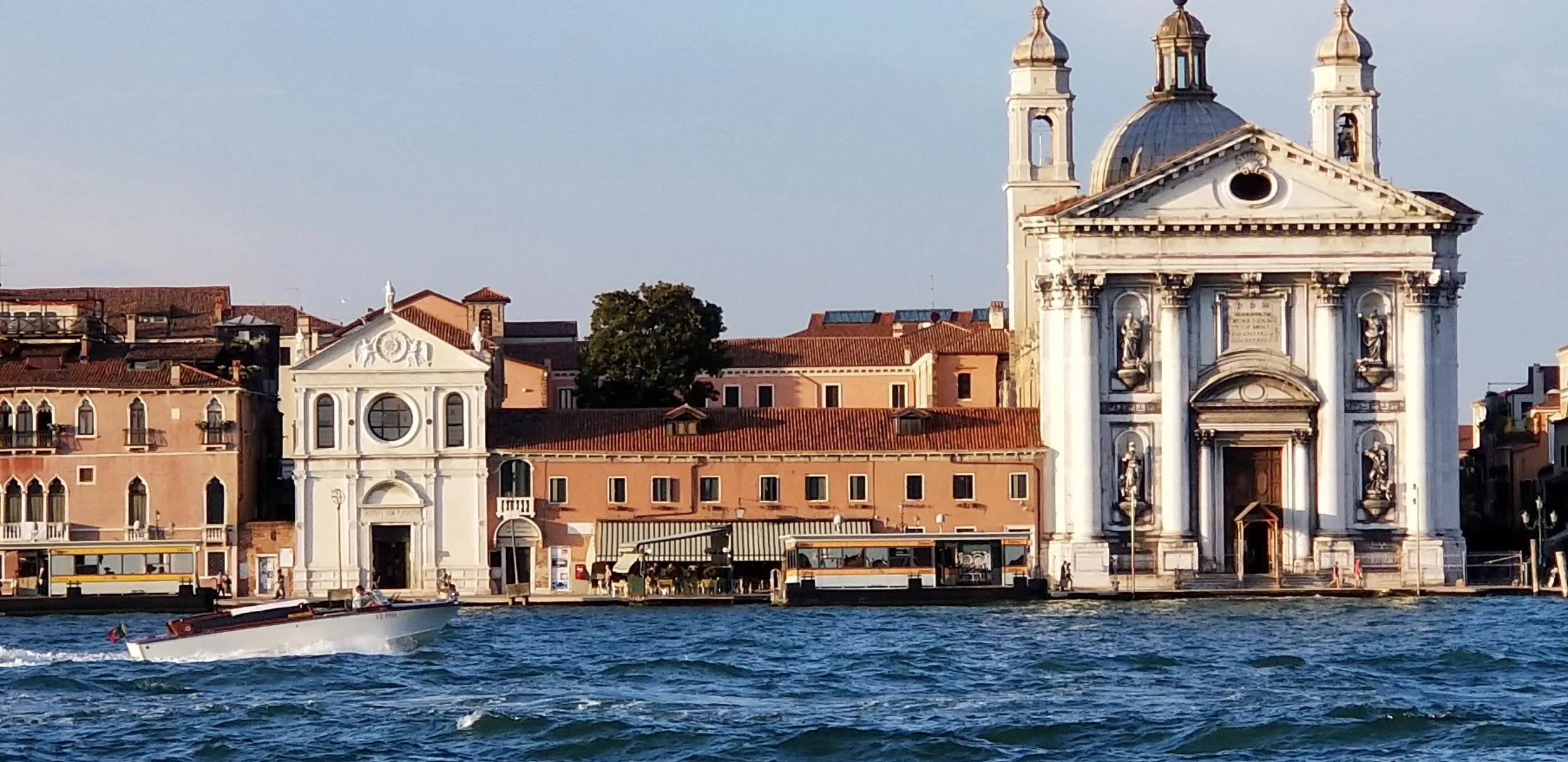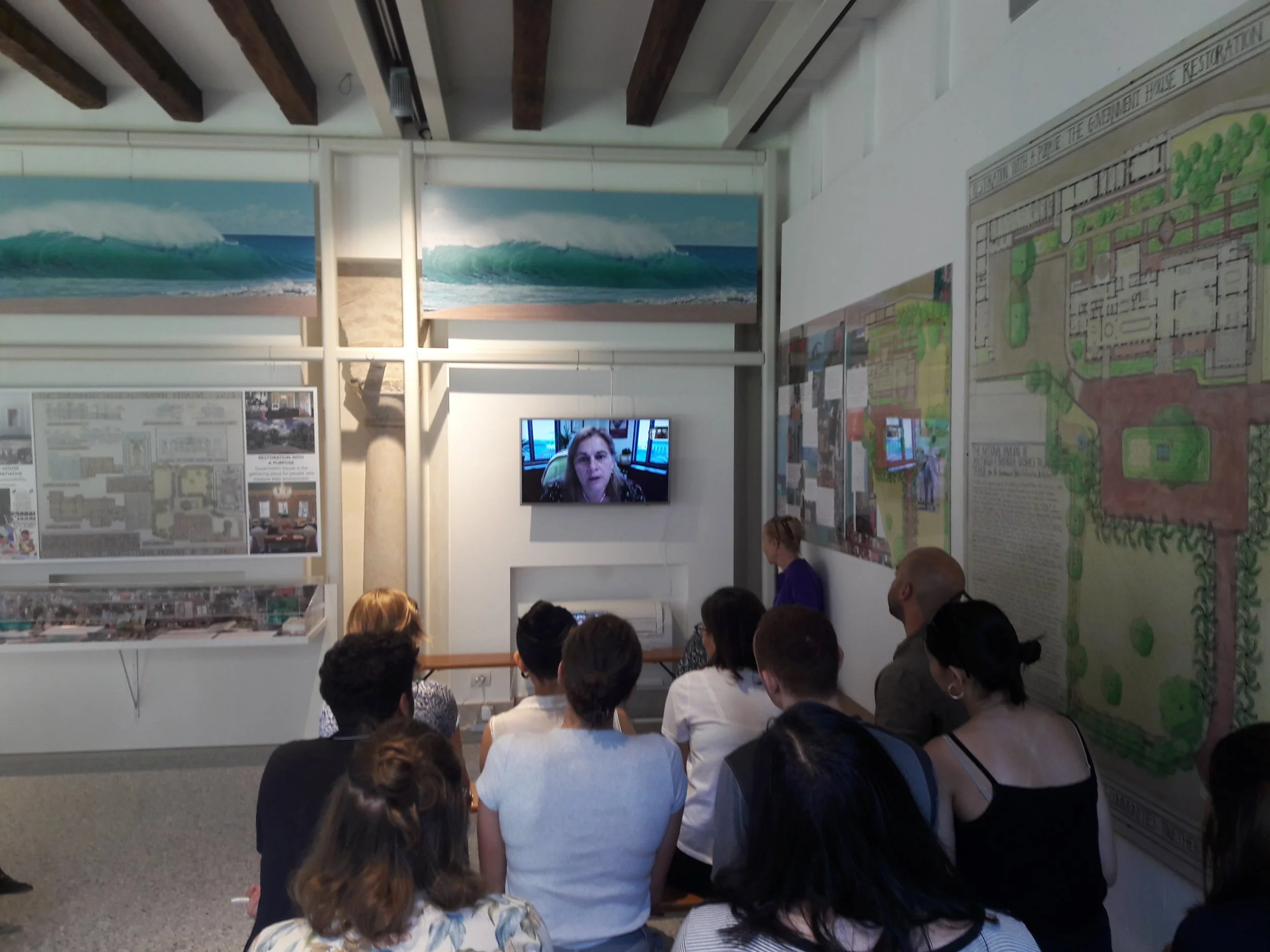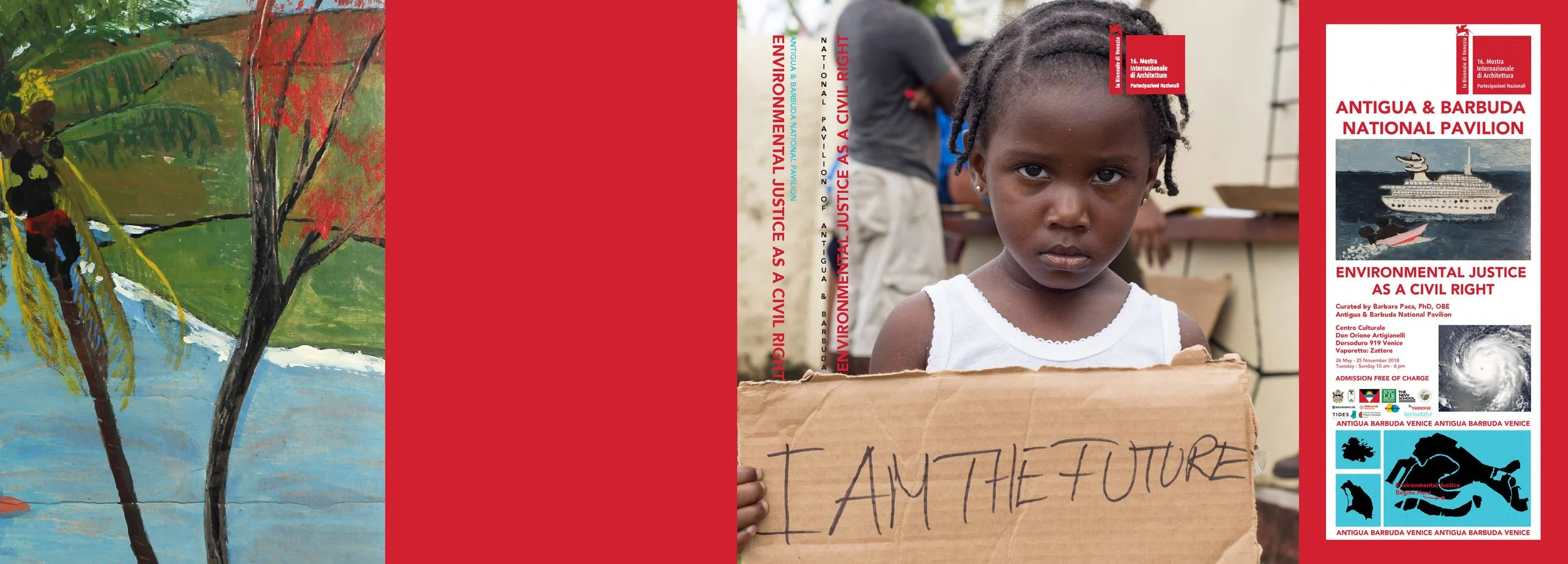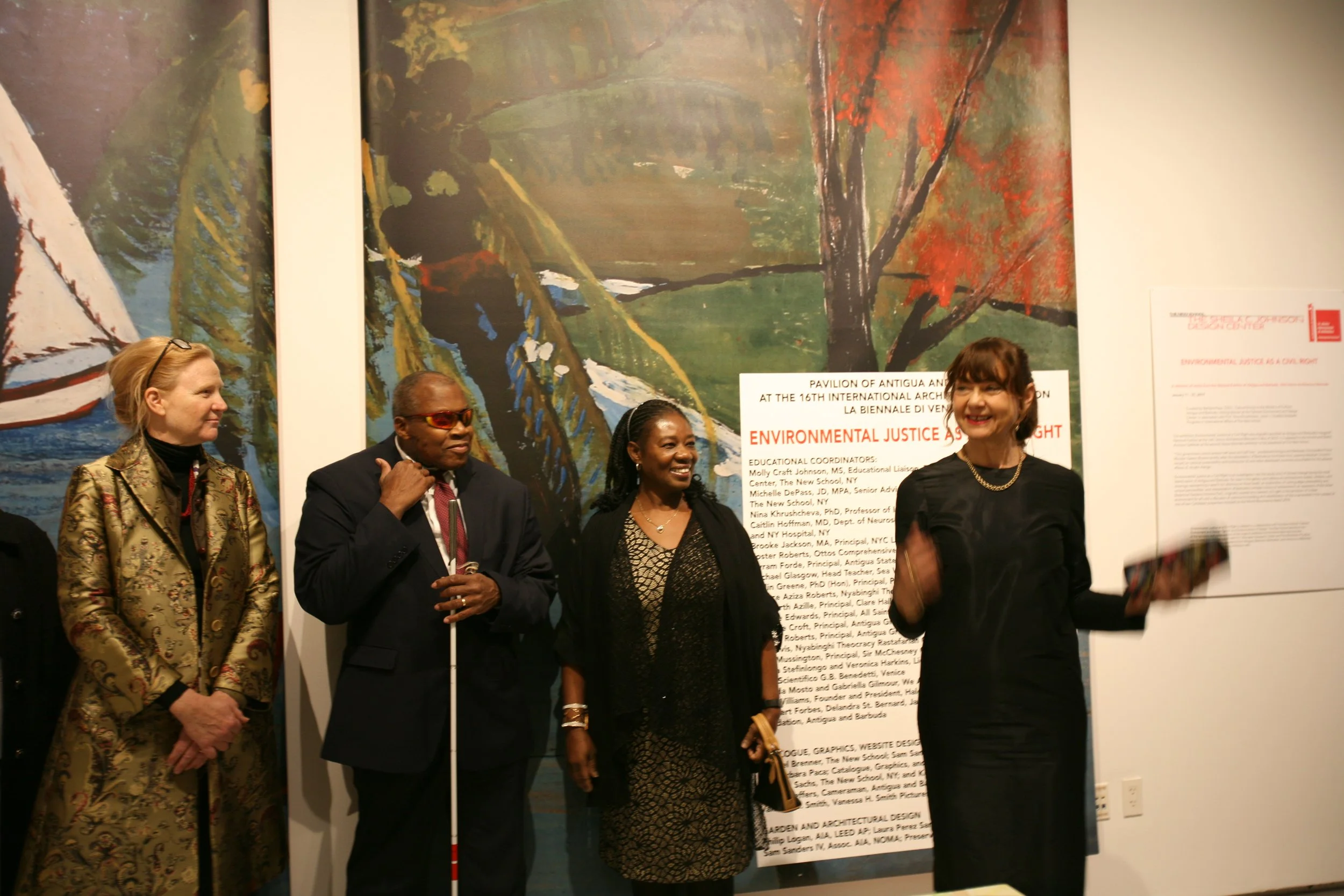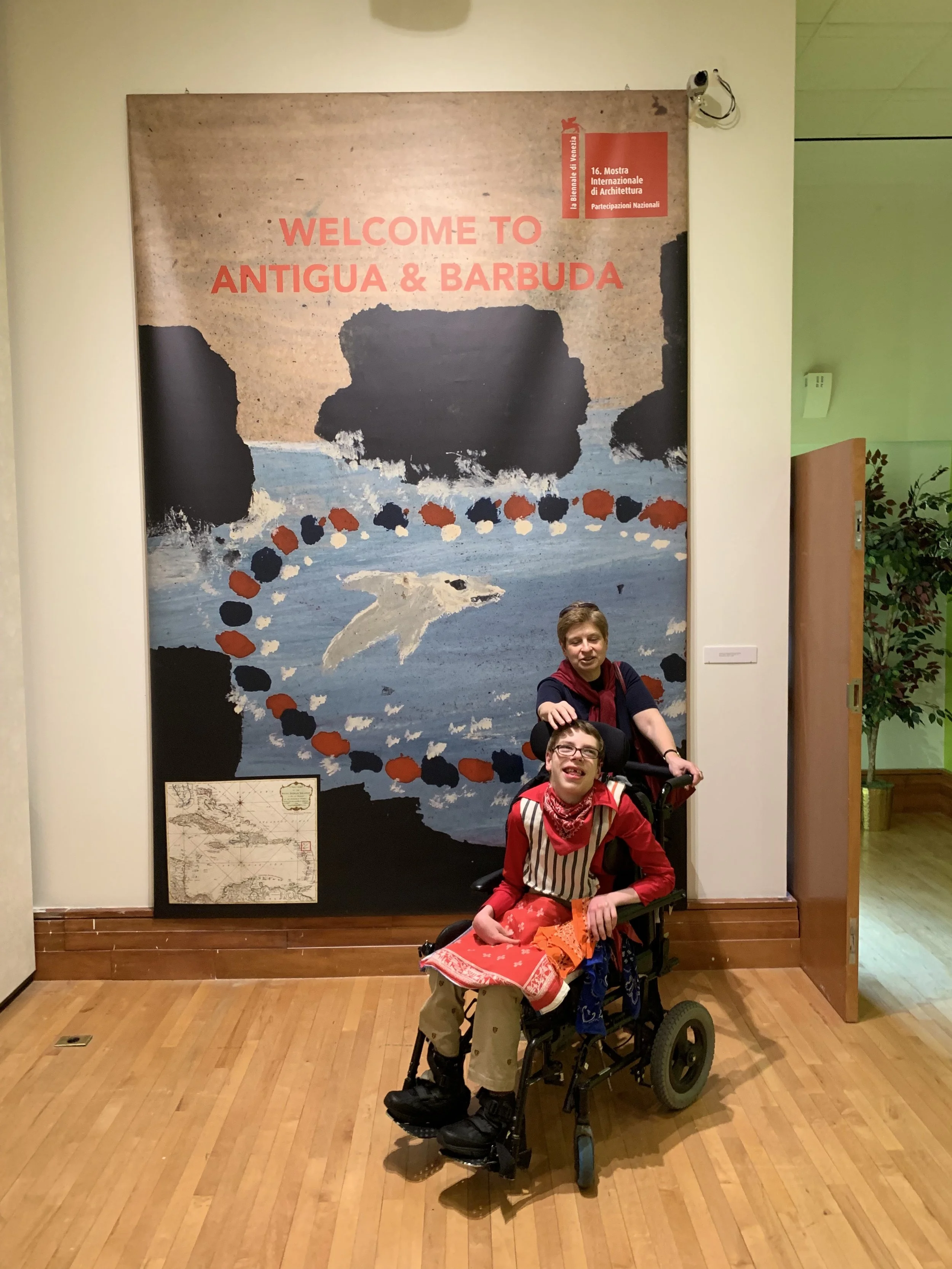Environmental Justice as a Civil Right
Maryland's first museum dedicated to Environmental Justice found its home on the Eastern Shore.
How is it that people who live in the most fragile, beautiful places are typically among the first to sound the bell heralding the need for positive change?
Through The Water’s Edge Museum, Maryland is host to The Nation’s first museum to acknowledge and honor the Founding Black Families of America. Our core mission is to celebrate how people of color on the Eastern Shore lived and how their lives mattered. We seek to empower today's young people to find their place in history and identify their own positive and unique voices when facing contemporary issues and challenges.
The museum is free and fully accessible to visitors and is situated within The Oxford Think Tank, a Gold LEED facility. The complex harvests over 10,000 gallons of water, hosts a large solar array, geothermal system, and European tile stoves, and is composed of reclaimed historical materials from Maryland. The beautiful heart pine floor was gathered from the Read’s Drug Store in Baltimore–a site of history for the Civil Rights movement, with one of America’s earliest successful student-led sit-ins, in 1955.
In July 2021, The Water’s Edge Museum opened its new Environmental Justice as a Civil Right Galleries, a first in Maryland, where we present through photography, painting, historic maps, and high-res state-of-the-art cartography how climate change is impacting underserved rural communities on the Chesapeake Bay. The galleries examine the environmental health and safety of vulnerable populations, mostly persons of color, who live in low-lying areas.
In a large-scale collaboration with the University of Maryland’s Center for Environmental Science and The Water’s Edge Museum, the Environmental Justice as a Civil Right Galleries are engaged in preparing a comprehensive map of the Chesapeake Bay–to identify all ports and markers pinpointing where unfree persons arrived in the Chesapeake region, how they were trafficked, how some escaped, where the free lived, and the built and natural legacies that they left behind.
Significant historical markers, including the Underground Railroad, Middle Passage ports, Intra-American slave voyage stops, churches, cemeteries, schools, and safe houses are threatened in both the United States and in the Caribbean and are likely to vanish within the next fifty years.
Photographs Courtesy © Mohammid Walbrook, the featured Artist at the Venice Biennale’s National Pavilion for Antigua and Barbuda in 2018

